What You Need To Know About Diabetes – The Top 5 Low-Glycemic Fruits That Should Be Part of Your Diabetes-Friendly Diet
Top 5 Fruits for Diabetics: Low-Glycemic Fruits That Should Be Part of Your Diabetes-Friendly Diet – What You Need To Know
Overview
The Top Fruits for Diabetes – There is a popular notion that people with diabetes should stay away from anything that contains sugar, even simple and natural forms of sugar that come from whole grains and fresh fruits. Fruits are high in carbohydrates, which means they naturally increase your blood sugar levels – a fact that has led many people to reconsider their love for these natural delicacies.
However, experts say that this is nothing but an oversimplification of science.
While fruits can be high in carbohydrates and naturally occurring sugars, they also contain some key nutrients that can actually help you manage type-2 diabetes and reduce the risk of serious complications. Moreover, most fruits are loaded with fiber and score quite low on the glycemic index, which means they can easily fit into your diabetes-friendly diet while also satisfying your sugar cravings.
Should you eat fruits if you have diabetes?
Experts have repeatedly pointed out that fruit restriction should not be encouraged in those with diabetes or diabetic patients, as fruits provide wholesome nutrition that can curb unnecessary cravings and promote healthy weight management. Most importantly, fruits can provide a wide variety of plant flavonoids and disease-fighting compounds, which can play a role in the prevention and management of type-2 diabetes.
Studies have shown that higher fresh fruit consumption can lower the risk of developing diabetes in prediabetic individuals. In people who already have diabetes, eating fruits more than thrice a week can potentially reduce the risk of major complications like heart disease, stroke, nerve damage, glaucoma, retinopathy, or kidney disease.
However, not all fruits are equally healthy for everyone – some fruits can indeed cause rapid spikes in sugar levels and increase insulin resistance. There are two things that people with diabetes should keep in mind while choosing the right fruits for them: glycemic index and portion size.
Fruits and their glycemic index: how to make the right choice when you have diabetes
Health experts recommend choosing fruits that score low on the glycemic index – a rating that indicates how a particular food is likely to impact your blood sugar levels. After eating a meal, carbohydrates are digested and absorbed into the bloodstream, producing a rise and then fall in blood sugar concentration. How sharp these fluctuations are is dependent on the quality of foods.
The glycemic index is a scientific evaluation that rates foods on a scale of 0 to 100. Based on their score, foods can be classified into three GI categories:
- Low: 55 or less
- Moderate: 56-69
- High: 70 and above
Fruits that score low on the GI are typically high in fiber and have a balanced carb-to-fiber ratio. As a result, it takes longer for the body to digest them and allows for slower absorption of carbohydrates, producing a slower and gradual increase in sugar levels. Getting enough fiber is crucial for those with diabetes, as fiber helps regulate the body’s use of sugars, curbs cravings and overeating, and prevents any sharp changes in blood sugar levels.
On the other hand, high GI foods that are lacking in fiber and high in simple carbs are digested much faster, causing a rapid rise in blood glucose levels and triggering the pancreas to release more insulin. Sugar levels then quickly fall afterward, making a person feel low on energy and crave more carbohydrates. Diabetes can be a killer if not properly managed or managed naturally.
Which fruits are good for diabetics?
1. Cherries
Fresh cherries have an impressive score of 20-22 on the glycemic index, which makes them one of the sweetest and healthiest treats for diabetics. Being low in calories and high in dietary fiber, cherries can easily fit into your diabetes-friendly recipes and snacks, giving a boost to your daily nutrition with good amounts of vitamin A, vitamin C, potassium, magnesium, calcium, and choline.
In addition, cherries contain antioxidants like carotenoids, anthocyanins, and polyphenols that lower inflammation and support a robust immune function. Low-grade inflammation is a major risk factor for diabetes-related complications, as well as a consequence of poorly managed diabetes. Consistently high blood sugar levels in individuals with diabetes can weaken the immune system, sometimes triggering a false immune response. This generates low-grade inflammation, stressing organs and putting them at a higher risk of damage.
Studies have shown that both sweet and tart cherries are effective in keeping blood glucose at manageable levels. A 2018 study found cherry consumption to be associated with higher insulin secretion, better sleep and mood, improved cognition, decreased cholesterol levels, and a lower risk of cardiovascular diseases.
However, monitor your portion size and try to eat them fresh for maximum benefits. If you are taking canned or dried cherries, make sure to check they do not contain any added sugar.
2. Berries
The American Diabetes Association recommends including lots of berries in your diet to naturally improve sugar control. One of the most nutrient-dense superfoods on the planet, berries are high in fiber and provide plentiful amounts of vitamin C, vitamin K, potassium, manganese, and iron. They are also among the richest sources of dietary antioxidants – with just one cup of blueberry providing several times more antioxidants than the USDA’s daily recommendations.
But what makes them specifically beneficial for diabetic individuals is their high content of anthocyanins – a powerful class of flavonoids that are found in fruits and vegetables of red, blue, purple, and black colors. Research shows that a diet high in anthocyanins can help lower blood sugar levels by diverse mechanisms, such as protecting beta cells (cells that make insulin hormone), increasing insulin secretion, improving insulin sensitivity, and reducing fat accumulation in the body.
Berries are also known to possess antimicrobial, anti-inflammatory, and anti-tumor properties, which help to lower oxidative stress and prevent chronic conditions like cancer, arthritis, Alzheimer’s disease, metabolic disorders, and cardiovascular diseases.
Besides, fresh raspberries (32), blueberries (53), strawberries (41), blackberries (25), and cranberries (45) all score low on the glycemic index, so you can feel free to enjoy them with your breakfast or as a standalone snack – as long as you can control your portion size. These fruits will not impact you negatively if you have diabetes but remember to control your portion size. Thanks to their high-volume and low-carb nature, most people can safely enjoy about one cup of berries per day 3-4 times a week.
Diet To Fight Inflammation – 6 Common Inflammatory Foods to Avoid (and What to Eat Instead)
3. Apple
With a low GI score of 32-36, apples are another great fruit choice for persons with diabetes. Though apples are rich in carbs and naturally occurring fructose, they provide an excellent amount of fiber if you eat the whole fruit with its peel intact. This means a medium-sized apple can easily fit into your daily diet without causing any significant rise in sugar levels. What’s more, it provides about 20% of the daily fiber requirement, along with a good dose of iron, calcium, magnesium, phosphorus, potassium, copper, zinc, folate, and vitamins A, C, and K.
Apples also contain some bioactive compounds like quercetin, chlorogenic acid, and phlorizin that have been well-researched for their anti-diabetic and anti-inflammatory properties. Studies have shown that these compounds can slow down carb digestion and sugar absorption while also helping the body use sugar more efficiently.
According to a 2019 review, greater consumption of apples and pears is associated with a lower BMI and a significantly reduced risk of type-2 diabetes, cardiovascular disease, and all-cause mortality.
4. Orange and other citrus fruits
Citrus fruits, especially oranges and grapefruits, are known for their high vitamin C content. Vitamin C is important for various crucial functions, including immune function and tissue development. It is a powerful antioxidant that helps fight free radicals, reduces inflammation, and protects cells against aging-related damage. Research shows that a diet high in vitamin C improves insulin sensitivity and prevents sugar spikes post meals, lowering blood glucose levels throughout the day. Currently, vitamin C supplementation is being explored as a potential therapy for type-2 diabetes.
Apart from a healthy dose of this important vitamin, oranges also provide mineral-rich hydration and plentiful amounts of fiber. The pulp of citrus fruits is highly fibrous, so make sure to eat the pulp along with the fruit. While both oranges (40) and grapefruits (25) score quite low on the glycemic index, it is important to limit your portion size to one medium-sized fruit each day.
5. Kiwi
Kiwi fruit is a nutritional powerhouse that comes with incredible amounts of vitamins C and K, along with a good dose of folate, vitamin E, potassium, copper, and magnesium. One serving (100g) of fresh kiwi fruit provides an exceptional 80% of your daily vitamin C requirement. It also contains some beneficial plant compounds like lutein and beta-carotene, which fight oxidative damage and protect the heart against blood pressure fluctuations.
Study shows that the antioxidant potential of kiwi fruit is several times higher than many nutritious fruits, including apples and grapefruits. Researchers have suggested that including kiwi fruit in your diet has several health-promoting effects, including better regulation of blood sugar, decreased inflammation, and reduced risk of heart-related complications that may arise due to poorly managed diabetes. With its high fiber content and a low glycemic index of 40-50, kiwi makes a perfect addition to a diabetes-friendly diet.
Final thoughts
Diabetes is destroying the lives of many people today. However, nature offers a wide range of delicious fruits that not only score low on the glycemic index but are also packed with health-promoting compounds that lower inflammation and protect vital organs. However, it is important to note that while eating lots of fiber-rich fruits has been proven to improve sugar control and help in the long-term management of diabetes, this is not the case with fruit juice and syrups.
To get the most out of your fruits, experts recommend eating them whole and fresh. Frozen and dried fruits are also a good option, but make sure to check the label for any additives, oils, or sugar.
To Your Health!
References
https://www.diabetes.org/healthy-living/recipes-nutrition/eating-well/fruit
https://www.ncbi.nlm.nih.gov/pmc/articles/PMC5388466/
https://www.ncbi.nlm.nih.gov/pmc/articles/PMC3978819/
https://www.ncbi.nlm.nih.gov/pmc/articles/PMC5691727/
https://www.sciencedirect.com/science/article/pii/B978012813006300012X
https://pubmed.ncbi.nlm.nih.gov/25745811/
https://pubmed.ncbi.nlm.nih.gov/22280223/
https://pubmed.ncbi.nlm.nih.gov/24447011/
https://www.ncbi.nlm.nih.gov/pmc/articles/PMC5872786/
https://academic.oup.com/cdn/article/3/10/nzz109/5580580
https://www.ncbi.nlm.nih.gov/pmc/articles/PMC6267416/

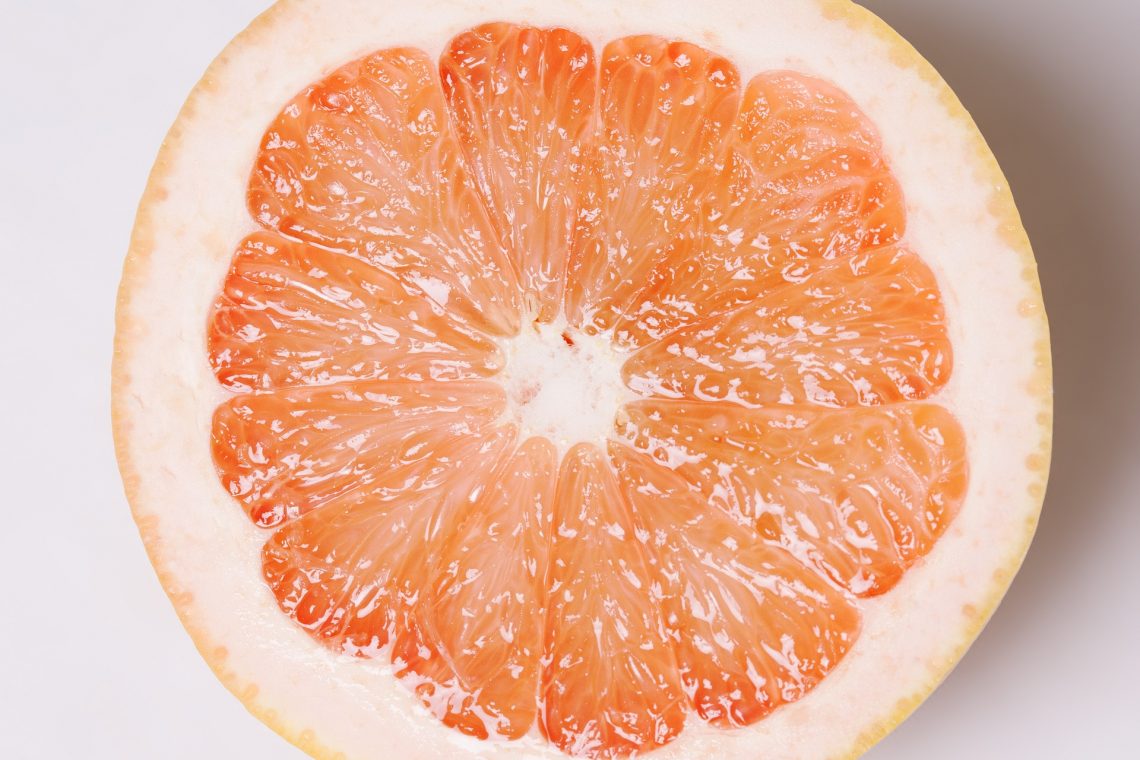
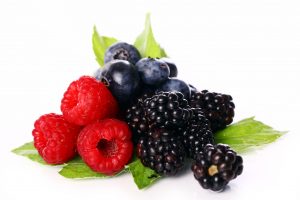
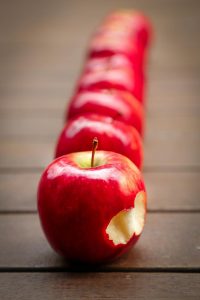

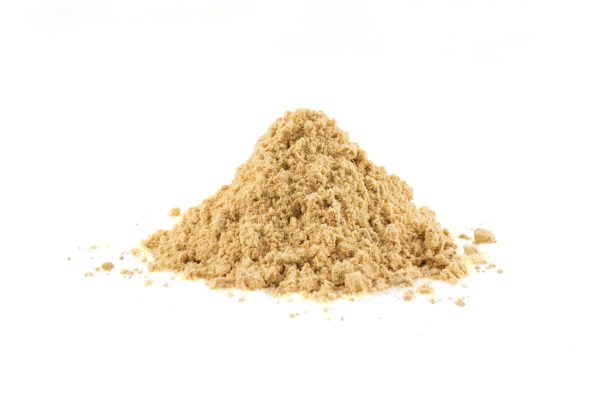

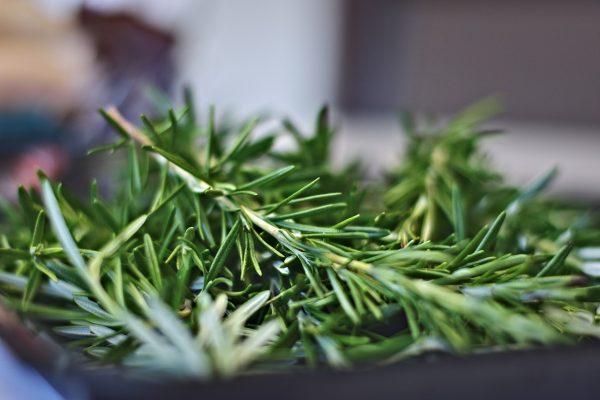



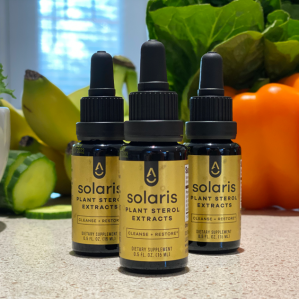

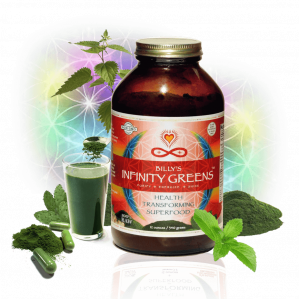













1 Comment
[…] 10% of Americans live with diabetes type 1 and type-2 diabetes – a lifelong condition that affects your body’s ability to produce or utilize insulin. People […]